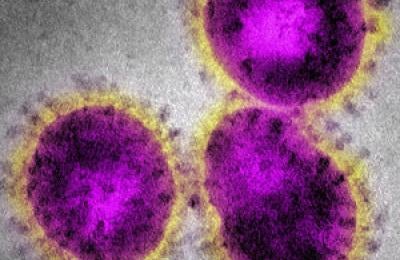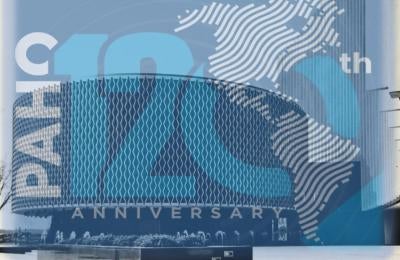Recent evidence on the illicit cigarette trade in Latin America
The tobacco industry continues to present the illicit trade of tobacco products as a reason to slow, stop, or reverse tobacco control efforts in Latin America, including increasing tobacco excise taxes. In most cases, industry estimates of illicit trade, usually non-transparent and flawed, dwarf those of independent, rigorous research. Often, independent studies find that the levels of illicit trade are mostly non-consequential or easily manageable (<12%). Almost always, industry findings grossly overestimate the illicit market.















